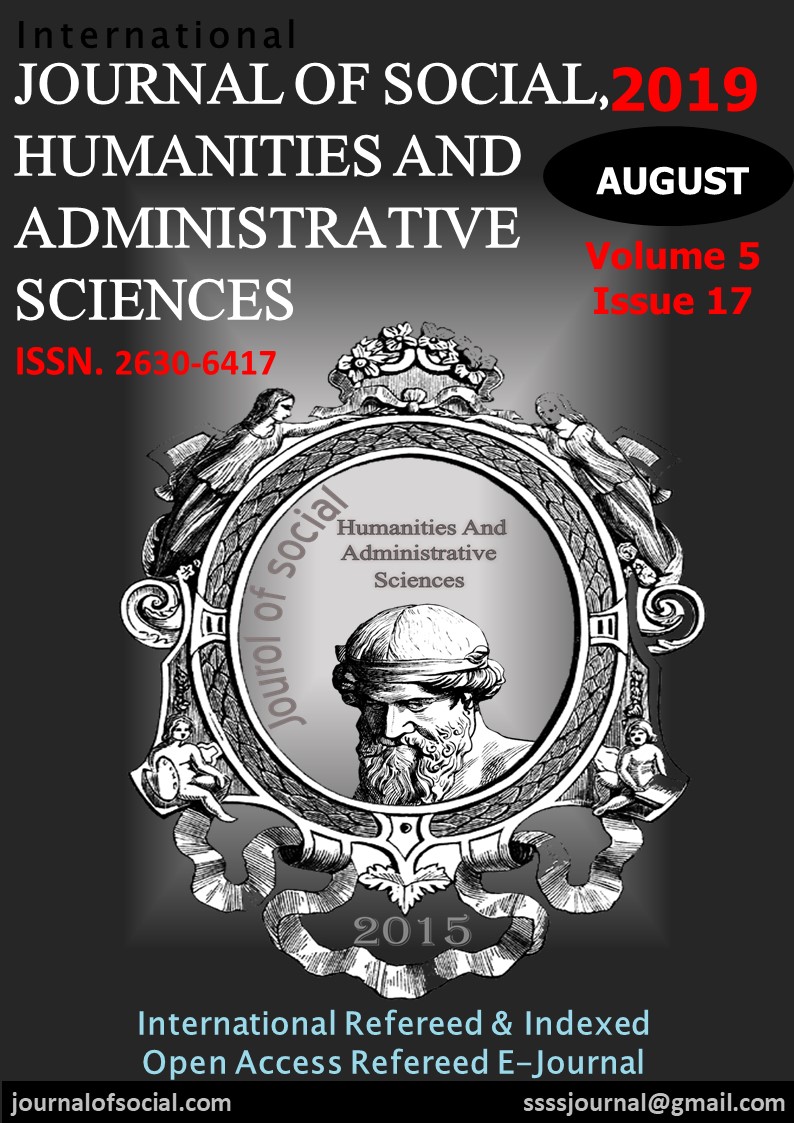Author :
Abstract
16 yy da Osmanlı sarayının çok sesli müzikle temasından yine Osmanlı’da 19 yy Avrupa evinin simgesi piyanoya, keman, viyolonsel, flüt gibi çalgıların eşlik etmesiyle ortaya çıkan salon musikisinden ve oradan da opera sahnelerine dönüşen bir müzik modernleşmesinden söz edilebilir. Bu sürecin en önemli göstergelerinden biri şüphesiz Tanzimat Fermanı ve bununla birlikte ortaya çıkan Levanten burjuvazinin, Avrupa’yı sadece ekonomik olarak değil, sosyolojik ve kültürel anlamda da takip ederek, Pera’daki yaşantılarına, opera gibi önemli bir Batılı eğlence sanatının girmesini istemeleri ve bu yönde çalışmalarda bulunmalarıdır. Opera sanatının İstanbul’a gelişiyle birlikte bu sanatın icra edildiği konser mekanlarının giderek artması, İstanbul halkının ve sarayın yaşantısına büyük bir zenginlik getirmiştir. Her biri birbirinden önemli tiyatro sahnelerinin kurulması ve bu sahnelerde yıllarca çok önemli müzik yapıtlarının sergilenmesi, Osmanlı dönemi modernleşmesinin büyük bir göstergesidir. Ancak; ‘19. yüzyılda Avrupa’nın birçok başkenti modern kentleşme anlayışında, yangın felaketinin yayılmasına karşı önleyici tedbirler alırken, yerleşim düzeninin ahşap ev üzerine kurulu olduğu İstanbul’da ise bu yok edici olgunun en büyük ve acımasız örneklerinin (Aracı, 2006:175) yaşanması, modernleşme yolundaki Osmanlı’nın günümüze çok fazla miras bırakamamasına neden olmuştur.Bu çalışmada, modernleşme sürecindeki Osmanlı sarayının ve İstanbul ahalisinin opera sanatı ile tanışması ve bu bağlamda ortaya çıkan opera sahnelerinin niceliği, niteliği, önemi tarihsel bir süreç içinde ele alınarak ve bu sürecin Saray ve Osmanlı halkına olan etkileri ortaya konulmaya çalışılmıştır.
Keywords
Abstract
In the 16th century, Ottoman palace’s contact with polyphonic music and in the 19th century, again during Ottoman period, the appearance of hall music with the companion of instruments such as the piano, violin, violoncello and flute which are the symbols of the European house and from that point a transformation to opera halls could make it possible to mention a music modernization. One of the most important indicators of this process is surely The Rescript of Gulhane and Middle-class of Levantine’s desire to have a westerner entertainment art such as opera during their lives in Pera and their actions to make it possible by following the Europe not only economically, but also in a sociological and cultural way. The increase in the number of concert halls with the coming of opera in Istanbul brings a great richness to people of Istanbul and to the palace life. The setting of important theatre stages and the display of significant music productions in these stages are the great indicators of the modernization of the Ottoman period. However, while a lot of capital cities in Europe were having precautions against the disaster of fire in the understanding of modern urbanization, Ottoman failed to leave a legacy to our day due to big and cruel examples happened in Istanbul where the settlement plan of the city is based on wooden houses (Aracı;2006:175) In this study, introduction of opera art to Ottoman palace that was in the process of modernization and people of Istanbul and the quality, quantity and importance of opera stages created in this regard and in the frame of history and the effect of this process on the palace and people of Ottoman are presented.
Keywords
- And, M. (1989). Türkiye’de İtalyan Sahnesi İtalyan Sahnesinde Türkiye, Metis Yayınları, İstanbul.
- And, M. (1989). Türkiye’de İtalyan Sahnesi İtalyan Sahnesinde Türkiye, Metis Yayınları, İstanbul.
- Aracı, E. (2006). Donizetti Paşa Osmanlı Sarayının İtalyan Maestrosu, Yapı Kredi Yayınları, İstanbul.
- Aracı, E. (2010). Naum Tiyatrosu 19. Yüzyıl İstanbul’un İtalyan Operası, Yapı Kredi Yayınları, İstanbul
- Bilgin, B. (1988). Geçmişte Yıldız Sarayı, Yıldız Sarayı Vakfı Yayınları, İstanbul.
- Can, C, (1993). İstanbul’da 19. yy Batılı ve Levanten Mimarlarının Yapı ve Koruma Sorunları, yayınlanmamış doktora tezi, YTÜ. Fen Bilimleri Enst., İstanbul
- Polatcı, T. (2011). Osmanlı Batılılaşmasında Yirmisekiz Çelebi Mehmed Efendi’nin Paris Sefaretnamesi’nin Önemi, Karatekin Üniversitesi SBE Dergisi 2(2): 249-263
- Sevengil, R.A. (1969). Opera Sanatı İle İlk Temaslarımız, Milli Eğitim Basımevi, İstanbul.
- Tuğlacı, P. (1982). Osmanlı Mimarlığında Batılılaşma Dönemi ve Balyan Ailesi, İnkılap ve Aka, İstanbul,
- Yılmaz, N. (2013). Osmanlı Sarayı’nın Tiyatroları, Mimar Sinan Güzel Sanatlar Üniversitesi Yayınları Müzik-Bilim Dergisi, 2,81-88





